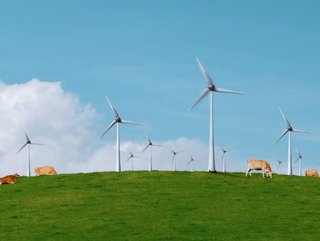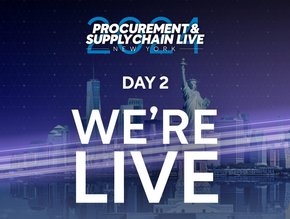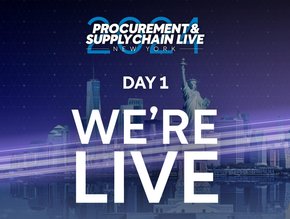Timeline: how ESG became a supply chain strategic priority

Not so long ago, ESG was a ‘nice to have’ in supply chain’. No longer. Now consumers demand end-to-end ESG-compliance across an organisation. Here is how investment in ESG initiatives evolved.
ESG in supply chain: 1960s & sustainable investment
The 1960s marks the dawn of sustainable investment. It sees the beginning of ‘socially responsible investing’. Organisations begin to exclude stocks or entire industries from their portfolio should their operations not be seen as ‘socially responsible’.
ESG in supply chain: 2005 - 'ESG' first coined
The term Environment, Sustainability & Governance (ESG) is coined by the UN Global Compact in 2005 in a study called Who Cares Wins, which urges the financial industry to better integrate ESG issues in securities brokerage.
ESG in supply chain: 2013 - rise of ESG investment
ESG investment begins to drastically increase, following heightened interest in the correlation between corporate sustainability and positive financial results.
ESG in supply chain: 2015 - The Paris Agreement
In 2015, the Paris Agreement – a legally binding international treaty on climate change – is signed by most leading countries. This encourages investors to begin targeting companies with ESG-compliant supply chains.
ESG in supply chain: 2018 - GRI standards
GRI (Global Reporting Initiative) Standards allow organisations to publicly report the impacts of their activities in a transparent way to stakeholders. Launched in 2000, they begin to see serious ESG traction around 2018. The GRI is an independent, international organisation that provides businesses with a common language to communicate the ESG impacts of their operation.
- Argon & Co: The EU Ban Forcing a Supply Chain RethinkSupply Chain Risk Management
- RELEX: Preventing Food Waste with Improved Demand PlanningSustainability
- Procurement & Supply Chain LIVE New York: Day 1Sustainability
- Boeing, DHL Group Among Firms Signed up to IATA SAF RegistrySustainability






